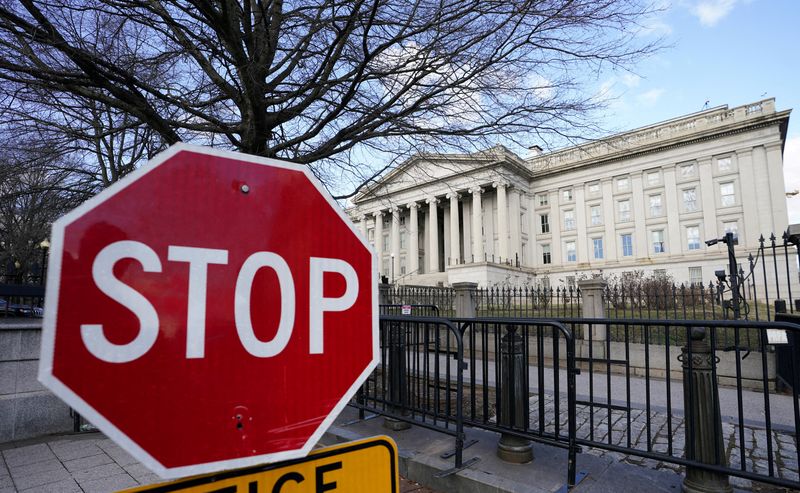Investing.com’s stocks of the week
NEW YORK (Reuters) - Investors are bracing for a wave of U.S. government bond issuance as the Treasury plans to refill its depleted coffers quickly after the recent suspension of the debt limit.
The Treasury General Account has fallen sharply since January when Treasury hit its limit on borrowing. Cash balance targets indicate it will need to rebuild its account quickly now that the borrowing cap has been lifted.
Deutsche Bank (ETR:DBKGn) strategist Steven Zeng said in a recent research note he expected net bill issuance of $400 billion in June, followed by $500 billion between July and September. In total, Zeng estimated $1.3 trillion in net bill issuance by the end of the year.
The expected T-bill sales could drain liquidity in financial markets, investors and analysts have said.
"This influx of funds into Treasury securities in the coming weeks may have the adverse effect of reducing overall liquidity," investment firm Glenmede said in a note, adding that historically equity markets have reacted unfavourably to poorer liquidity conditions resulting from debt-ceiling deals.
But the impact could be softened depending on how much of the new issuance gets absorbed by money market funds moving allocations away from the overnight reverse repo facility (RRP), where market players lend overnight cash to the Fed in exchange for Treasuries.
"Money market funds are extremely short ... so the trillion-dollar Treasury bills (issuance) would be welcome with open arms," said money market fund expert Peter Crane, president of Crane Data. Part of that could be due to the fact that money funds, heavily exposed to short-term debt this year, have started to extend the their maturities recently.
"The Federal Reserve RRP has been holding trillions of the money fund assets and so that money can easily be redeployed into Treasury bills. Whether they would want to is a matter of yield ... the Treasury may have to pay above the RRP and pay up," he said.
The Treasury drew solid demand for a $50 billion sale of 44-day cash management bills on Monday, with demand at 3.19 times the amount of debt on offer.
That came in addition to the Treasury's regularly scheduled three-month and six-month bill auctions.
One risk is that expectations of further interest rate hikes by the Federal Reserve could dampen demand, said Deutsche Bank's Zeng.
"Elevated risks of a more aggressive path of Fed hikes than are priced would make T-bills a less attractive investment relative to the ON RRP and could lead to weaker money fund demand for T-bills than expected," he said.
